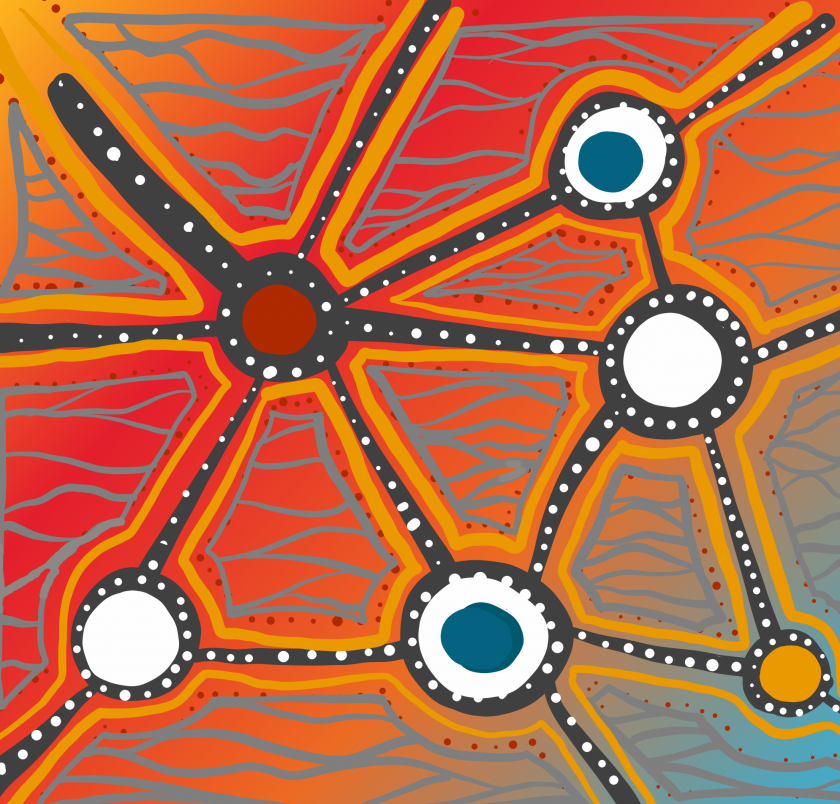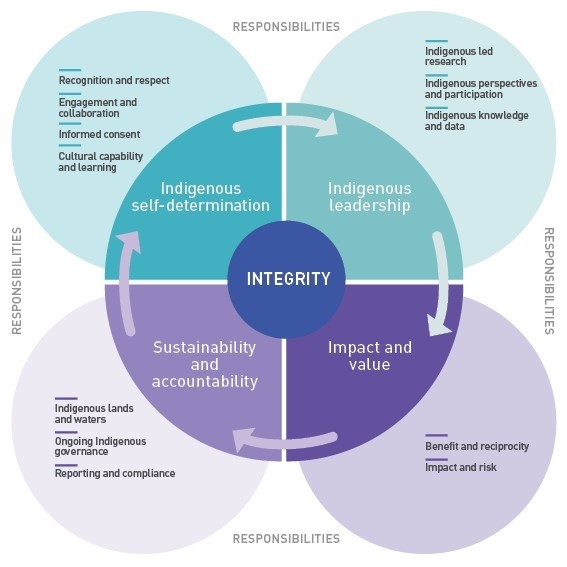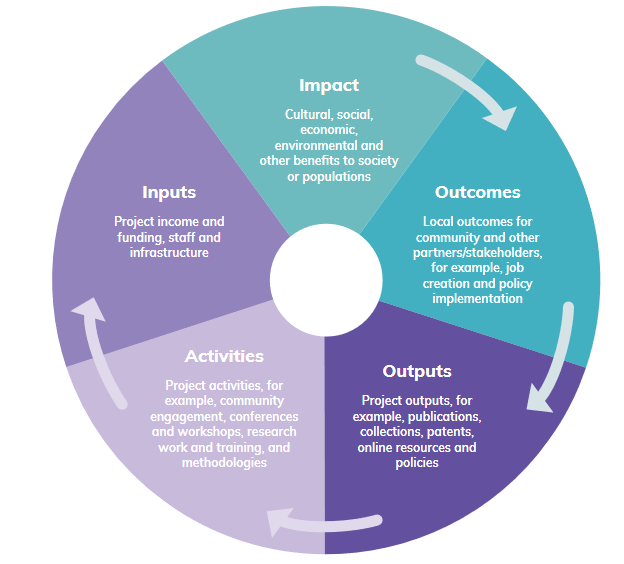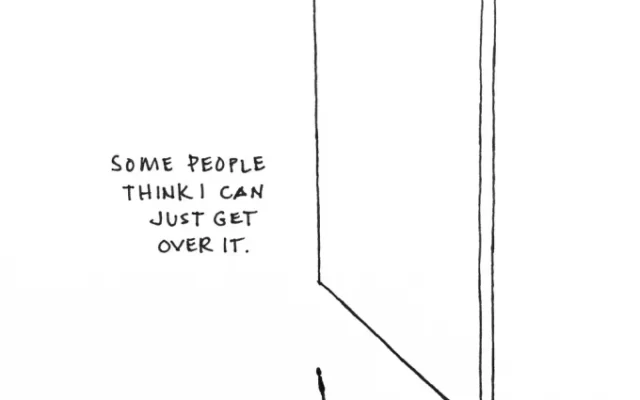
New Code & Strategy ensuring excellence in monitoring and evaluation
Image Credit: Emma Walke
AIATSIS released a new code of ethics informing research practice with Aboriginal and Torres Strait Islander people in October, with updates to the framework of principles and responsibilities that help to ensure ‘meaningful engagement and reciprocity between the researcher and the individuals and/or communities involved in the research’ [1].
Its release coincides with the Productivity Commission’s Indigenous Evaluation Strategy, which is the first ‘Australian Government-wide approach to priority setting for evaluations of policies and programs affecting Aboriginal and Torres Strait Islander people’ [3].
FIGURE 1: AIATSIS CODE PRINCIPLES AND RESPONSIBILITIES [1]

Program planning and evaluations done the Western way have tended to apply the evaluator’s lens to answer the questions: ‘What’s the problem? How do we fix it?’. Acknowledging Indigenous sovereignty requires us to frame those questions differently. What’s needed is an approach that asks, ‘What are the strengths and assets of this community that can be built on, what’s important to this community and what are the outcomes they want to see?’
A key objective of the Productivity Commission’s Indigenous Evaluation Strategy is ”centring Aboriginal and Torres Strait Islander people, perspectives, priorities and knowledges in all stages of evaluation” [3], which in practice means moving toward a model in which:
- evaluations which impact on Aboriginal and Torres Strait Islander people’s lives are led by Aboriginal and Torres Strait Islander people
- evaluations draw on priorities and knowledge frameworks of Aboriginal and Torres Strait Islander people and communities
- decision making about data is undertaken with Aboriginal and Torres Strait Islander people
- translation of findings is led by or is undertaken in partnership with Aboriginal and Torres Strait Islander people
- Aboriginal and Torres Strait Islander knowledges strengthen the capacity of evaluation teams and evaluation processes strengthen the capability of Aboriginal and Torres Strait Islander people, organisations and communities. [3]
The Guide to Applying the AIATSIS Code [2] provides a visual reminder that planning for impact means starting project design and planning from outcomes and benefits – as defined through discussion with Aboriginal and Torres Strait Islander research partners, communities and participants – and then working back to inputs and activities [Figure 2].
FIGURE 2: PLANNING FOR IMPACT PROCESS [2]

ARTD are committed to ensuring Aboriginal evaluation practitioners are involved in leading projects which affect Aboriginal lives. We are able to draw on the research strengths, knowledge and abilities of our Aboriginal staff and Aboriginal Associates to ensure the voices of Aboriginal people and communities are heard and help shape our projects.
Simon Jordan, ARTD’s Director, Aboriginal Partnerships and Projects is currently working with AbCare in Coffs Harbour on their pilot program funded by the Aboriginal Housing Office.
“The model transitions young people from out of home care into independent living with full wrap-around supports including education, employment, health and cultural mentors. This work, and all of the work that we do in ARTD’s Aboriginal Projects Portfolio, is done within the framework of self-determination, empowerment and with Aboriginal communities leading the approach with us through a co-design process. It’s important that the co-design process not only involves Aboriginal people and communities at every stage, from development, design, implementation, and review through to reporting, but that it is Aboriginal-led.”
Wayne Griffiths, CEO of Winanga-Li Aboriginal Child and Family Centre in Gunnedah, NSW, with whom ARTD are working on the Aboriginal Evidence Building Partnership Project says:
“As an Aboriginal Community Controlled Organisation we have many non-Indigenous organisations come along and tell us what they can do for us and then not deliver. ARTD not only delivered what they said but the success from ARTD to Winanga-Li was how personable they were to all staff. This was truly work led by Aboriginal staff from both organisations. In 18-months working together it was not only the quantity of delivery, it was the quality. It was second to none.”
We are pleased to see the evolution from ethics guidelines to a Code (following guideline review by AIATSIS in 2018), and the direction provided by the Strategy towards more, better quality, and Aboriginal and Torres Strait Islander-led evaluations. We’re glad to see recognition in the Indigenous Evaluation Strategy that capability and knowledge building benefits flow both ways in work with Aboriginal and Torres Strait Islander organisations and communities. “There is an incredibly high level of innovation and responsive design of solutions in our communities: I find it extraordinary the way our communities work in ways that respond to needs they see,” Simon Jordan said.
ARTD hopes these new standards of practice also encourage evaluators to incorporate Indigenous evaluation into all their projects.
We’d love to hear your thoughts on the new Code and Strategy.
References
[1] AIATSIS Code of Ethics [2] Guide to Applying the AIATSIS Code of Ethics [3] Indigenous Evaluation Strategy



